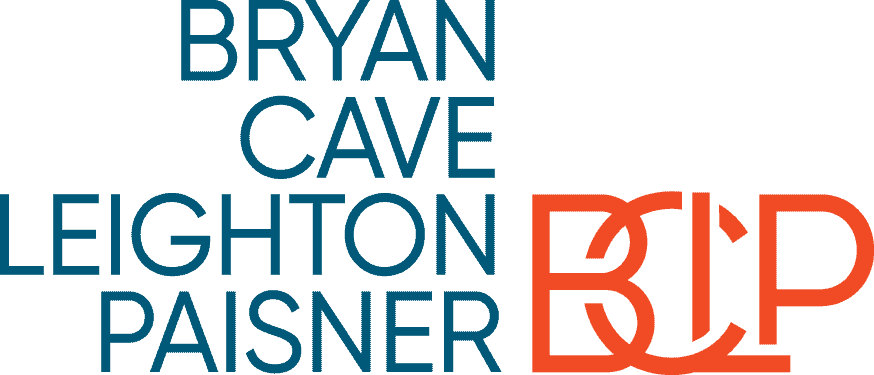
Congress Makes Capital Requirements Easier for Small Banks
Brought to you by Bryan Cave Leighton Paisner


President Obama recently signed into law an act meant to enhance “the ability of community financial institutions to foster economic growth and serve their communities, boost small businesses, and increase individual savings.” The new law directs the Board of Governors of the Federal Reserve System to amend its Small Bank Holding Company Policy Statement by increasing the policy’s consolidated assets threshold from $500 million to $1 billion and to include savings and loan holding companies of the same size. By design, more community banks will qualify for the advantages of being deemed a small bank holding company.
The Federal Reserve created the “small bank holding company” designation in 1980 when it published its Policy Statement for Assessing Financial Factors in the Formation of Small One-Bank Holding Companies Pursuant to the Bank Holding Company Act. The policy statement acknowledged the difficulty of transferring ownership in a small bank, and also acknowledged that the Federal Reserve historically had allowed certain institutions to form “small one-bank holding companies” with debt levels higher than otherwise would be permitted for larger or multibank holding companies. The first version of the policy statement had a number of criteria for what constituted a small bank holding company, most importantly that the holding company’s subsidiary bank have “total assets of approximately $150 million or less.” The asset threshold has been revised on several occasions, most recently in 2006 to the current level of $500 million in consolidated assets.
In light of this new law, the Federal Reserve has proposed these changes to its policy statement and recently announced parallel changes in reporting requirements for these small bank holding companies. The primary benefit of being deemed a “small bank holding company” is the exemption from the requirement to maintain consolidated regulatory capital ratios; instead, regulatory capital ratios only apply at the subsidiary bank level. This rule allows small bank holding companies to use non-equity funding, such as holding company loans, to finance growth.
This change should affect strategic and capital planning for all bank holding companies with consolidated assets of between $500 million and $1 billion and for all savings and loan holding companies with assets of less than $1 billion. These companies, which previously were required to comply with the capital requirements applicable to much larger institutions, can now use traditional debt at the holding company level to generate higher returns on equity. With trust preferred securities now a thing of the past, larger institutions cannot use debt or hybrid equity to meet their requirements for Tier 1 capital. Instead, larger institutions are left with traditional equity sources such as common stock and non-cumulative preferred stock, which typically carry a higher cost of capital.
Small bank holding companies can also consider the use of leverage to fund share repurchases and otherwise provide liquidity to shareholders to satisfy shareholder needs and remain independent. One of the biggest drivers of sales of our clients is a lack of liquidity to offer shareholders who may want to make a different investment choice. Through an increased ability to add leverage, affected companies can consider passing this increased liquidity to shareholders through share repurchases or increased dividends.
Of course, each board should consider its practical ability to deploy the additional funding generated from taking on leverage, as interest costs can drain profitability if the proceeds from the debt are not deployed in a profitable manner. However, the ability to generate the same income at the bank level with a lower capital base at the holding company level should prove favorable even without additional growth.
While new threshold has not received much press, we believe it could and should have an impact on merger discussions involving smaller institutions. Those companies that will soon be considered “small bank holding companies” should revisit their financial projections to consider whether introducing debt funding at the holding company can increase returns on equity without taking on unwarranted financial risk. Boards may find that this change makes the option of staying independent more viable in the future. Potential acquirers of small banks should also be aware of this change in order to demonstrate that a potential transaction provides a better risk-adjusted return to shareholders than remaining independent. On both sides of the transaction, this relatively quiet change should generate a new way of analyzing the question, “Is bigger really better?”


